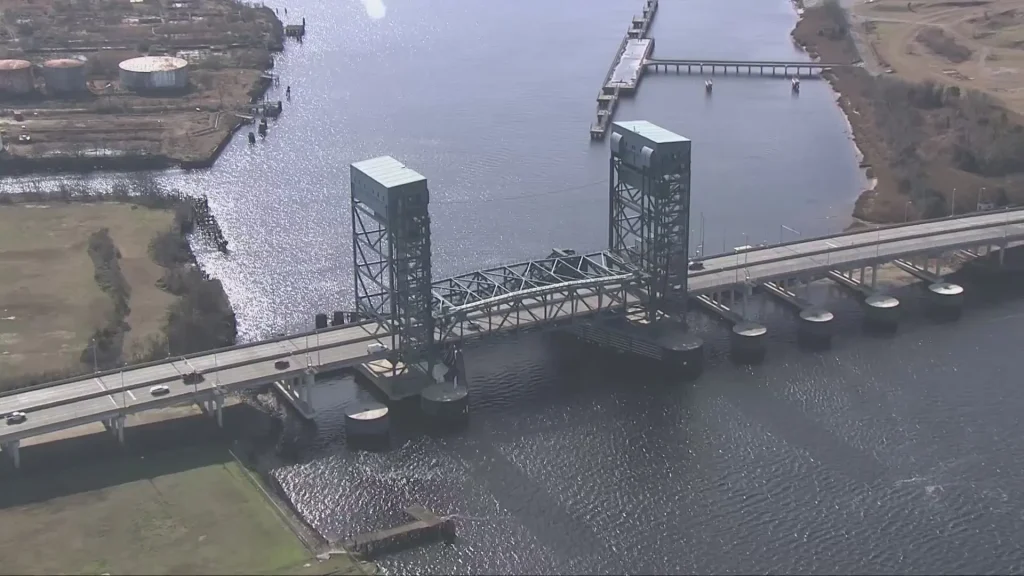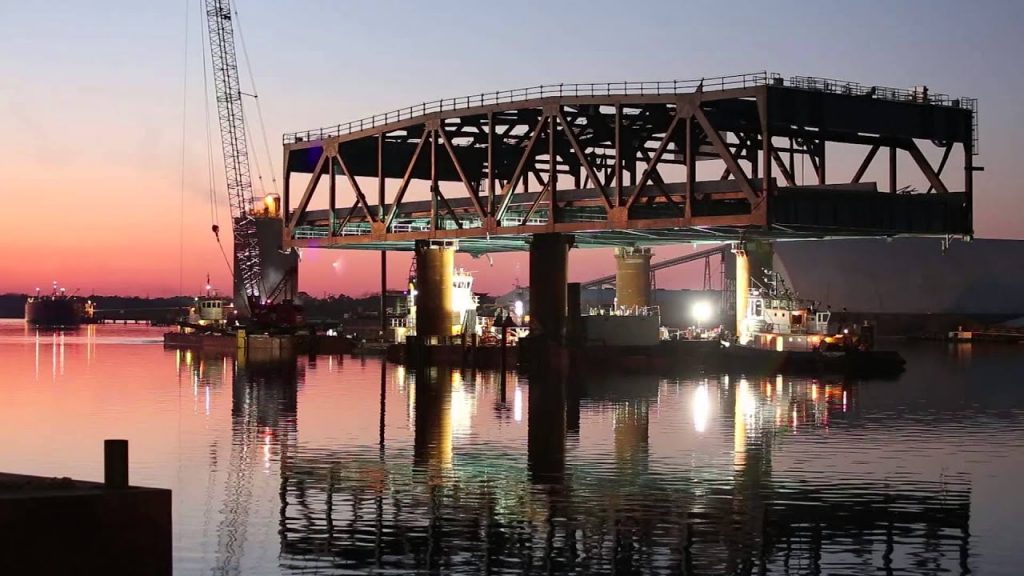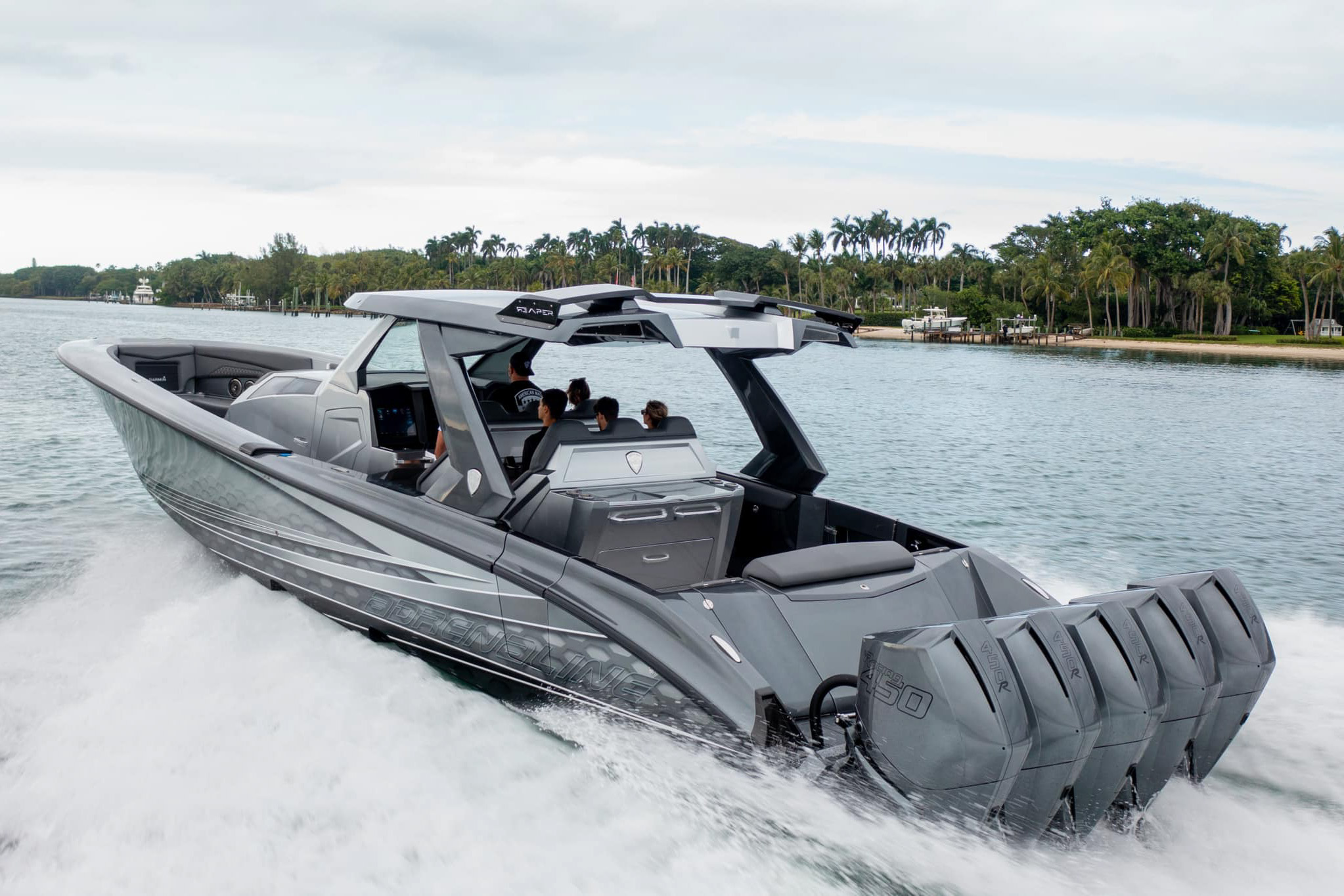Glimmerton Bridge: Engineering Marvel and Scenic Landmark
The Gilmerton Bridge, located in Chesapeake, Virginia, is a vital transportation link that crosses the Southern Branch of the Elizabeth River. Originally a twin-bascule drawbridge, it was transformed into a modern vertical-lift bridge in 2013, relieving traffic and providing a more efficient passageway for marine vessels.

Spanning the river for almost a century, the bridge has undergone numerous changes and improvements, reflecting both technological advancements and the needs of the community that relies on it.
The construction, operation, and maintenance of Gilmerton Bridge are overseen by the Virginia Department of Transportation.
As part of the Military Highway, the bridge serves as a vital transportation artery, carrying U.S. Route 13 and US 460 traffic. The bridge's design, which incorporates state-of-the-art technology, allows for more efficient marine passage and retraction compared to its older counterparts.

Key Takeaways
- Gilmerton Bridge is a critical transportation link connecting Chesapeake via the Southern Branch of the Elizabeth River.
- The modern vertical-lift bridge design improves overall efficiency and safety for both road and marine traffic.
- Managed by the Virginia Department of Transportation, the bridge plays a significant role in the region's economy and community.
Historical Context
Construction and Inauguration
The Gilmerton Bridge, completed in 1938, spans the Southern Branch of the Elizabeth River in the City of Chesapeake, located in southeastern Virginia. Originally a twin bascule drawbridge, it was later converted to a vertical-lift bridge for improved efficiency and reliability.
The bridge was built to replace an earlier swing bridge, which was deemed insufficient for the increasing traffic demands.
During its inauguration, the Gilmerton Bridge was celebrated as an advancement in transportation technology. The impressive structure features a width of 85 feet and vertical lift towers measuring 207 feet in height, allowing for the future expansion of the adjacent highway.
Relevance to Chesapeake
The Gilmerton Bridge carries two major U.S. routes: U.S. Route 13 and US 460, as well as being an integral part of Military Highway, which was built during World War II.
It plays a crucial role in connecting the City of Chesapeake with other cities and destinations within South Hampton Roads. More than 35,000 vehicles cross the bridge daily, making it a significant transportation hub within the region.
Chesapeake residents and visitors alike can appreciate not just the practicality, but also the historical significance of Gilmerton Bridge, as it serves as a symbol of infrastructural development that the United States underwent in the early 20th century.
Furthermore, the bridge is named after the nearby community of Gilmerton, further establishing its connection to the local history and identity.
Bridge Design
Vertical-Lift Mechanics
The Gilmerton Bridge is a vertical-lift bridge that spans the Southern Branch Elizabeth River in the City of Chesapeake, Virginia.
Its design allows the center span to be raised vertically, creating an unobstructed path for vessels when needed. This efficient mechanism is powered by counterweights and machinery housed within the bridge's towers.
The bridge width measures 85 ft, while the vertical lift towers reach a height of 207 ft. These steel members of the towers weigh approximately 5,000 to 150,000 pounds each.
A few facts about the vertical-lift mechanics include:
- Tower height: 207 ft
- Bridge width: 85 ft
- Steel member weight range: 5,000 to 150,000 pounds
Architectural Significance
Designed by the renowned engineering firm Modjeski and Masters, the Gilmerton Bridge is not only a vital transportation link but also an architectural marvel.
Constructed using structural steel, the bridge showcases strength and durability while also providing an aesthetically pleasing appearance. The vertical-lift design, while being functional, also adds to the bridge's unique architectural appeal.
Key aspects of the Gilmerton Bridge's architectural significance:
- Designed by Modjeski and Masters
- Made primarily of structural steel
- Possesses a unique vertical-lift design
The efficient balance between road and maritime traffic, coupled with its architectural significance, makes the Gilmerton Bridge an important landmark and an engineering triumph in the City of Chesapeake.
Gilmerton Bridge Replacement Project
Project Overview
The Gilmerton Bridge Replacement Project was a major undertaking initiated by the Virginia Department of Transportation.
It aimed to improve the aging infrastructure of the bridge, which connects the Military Highway over the Southern Branch of the Elizabeth River. The project was phased over multiple years and involved constructing a new movable bridge with a vertical lift span directly over the existing movable double leaf bascule bridge and adjacent to a movable single leaf bascule railroad bridge.
This replacement project cost around $134 million and required a sophisticated engineering approach.
The new Gilmerton Bridge has significant improvements compared to the previous one. It is 250-feet long and 89-feet wide making it one of the widest lift spans ever.
The bridge's clearance at mean high tide has been increased to 35 feet, accommodating larger vessels and reducing the number of bridge openings needed.
Additionally, the replacement project led to an increase in the daily vehicle traffic capacity, currently handling about 35,500 vehicles each day.
Impact on Traffic
During the construction process, traffic management was a crucial aspect to minimize disruption and delays to commuters using the Military Highway.
Temporary closures and diversions were implemented in phases to allow for the safe removal and installation of bridge spans.
Despite these temporary disruptions, the Gilmerton Bridge Replacement Project has had a long-term positive impact on traffic flow. The improved clearance has resulted in fewer bridge openings, reducing the delays experienced by vehicle traffic.
Furthermore, the increased capacity of the bridge has allowed it to cope better with the increasing demands of the Military Highway.
Operational Aspects
Bridge Operations
The Gilmerton Bridge is a vertical-lift bridge spanning the Southern Branch of the Elizabeth River in Chesapeake, Virginia.
Its central span can be raised to accommodate maritime traffic passing beneath it. The bridge has a height of 35 feet at mean high tide, which allows most water vessels to pass without the need for bridge lifts. However, larger vessels often require the bridge to be raised to an open position.
The lift mechanism of the bridge is operated and maintained by the City of Chesapeake, supporting daily vehicle traffic of around 35,500 vehicles.
The bridge operations team constantly monitors both road and maritime traffic to ensure the efficient and safe passage of vehicles and vessels.
Malfunctions and Repairs
As with any complex mechanical structure, the Gilmerton Bridge is subject to occasional malfunctions and the need for repairs.
The vertical lift towers, comprising of 1,009 steel members, require regular maintenance to ensure smooth operations and to minimize the risk of malfunctions.
When a malfunction occurs, it can cause disruptions to both road and maritime traffic. The maintenance team works swiftly to address and repair any issues, ensuring the safety and functionality of the bridge. They perform regular inspections and preventative maintenance to minimize these occurrences.
Traffic Management
Regular Traffic Flow
The Gilmerton Bridge, located in Chesapeake, VA, is a vertical lift, four-lane bridge that plays a key role in managing traffic flow in the region.
With a daily vehicle traffic of approximately 35,500, the bridge serves as an essential route for residents and commuters in the area. The bridge provides a vertical clearance of 35 feet at mean high tide, ensuring smooth passage for vessels passing beneath it.
To maintain efficient traffic movement, the bridge is subject to weight limits and a height restriction of 16 feet for roadway vehicles.
Moreover, the Gilmerton Bridge works in conjunction with other structures in the region, including the High Rise Bridge, which was constructed to carry I-64 westbound traffic. The original High Rise Bridge now carries I-64 eastbound traffic exclusively.
Special Event and Weekend Handling
During weekends and special events, the traffic management plan for the Gilmerton Bridge may undergo some adjustments to accommodate increased vehicle and boat traffic.
For instance, the bridge may experience extended openings to allow for more vessels to pass through, leading to potential delays for drivers.
Furthermore, maintenance and repair work on the bridge are often scheduled during weekends to minimize disruptions to daily commuters.
As a result, the Gilmerton Bridge may be closed for specific periods of time.
Traffic authorities in the region work closely together to manage traffic flow efficiently and provide timely updates on any adjustments through channels such as the Virginia Department of Transportation website and the 511 service.
Economic and Community Impact
Effect on Local Businesses
The Gilmerton Bridge, spanning the Southern Branch of the Elizabeth River, has significant implications for local businesses in the area.
As a vertical lift bridge, it facilitates the smooth flow of both road and maritime traffic, ensuring that nearby businesses can operate effectively without hinderance from transportation bottlenecks.
According to the City of Chesapeake, the bridge experiences a daily vehicle traffic of around 35,500, highlighting its importance for the local economy.
The bridge also serves as a vital connection between key areas within the Hampton Roads region, promoting overall economic development and the growth of local businesses.
By providing entrepreneurs and companies with efficient routes, the Gilmerton Bridge indirectly contributes to job creation and is essential to meet the demands of various industries such as manufacturing, retail, and shipping.
Contribution to Regional Development
Investments and improvements in infrastructure, like the Gilmerton Bridge, have a long-lasting impact on regional development.
The construction of the new bridge in 2013 underscores this fact, as the replacement project led to an increase in both jobs and economic growth in the region.
For instance, the Gilmerton Bridge Replacement Project was executed to address several challenges, such as reducing congestion on nearby roads and improving accessibility for businesses and residents.
In addition, the bridge's vertical lift mechanism sets it apart as an architectural marvel, giving it symbolic significance for the region's progress and connectivity.
This distinctive feature further enhances the bridge's functionality and its ability to accommodate maritime traffic, thereby fostering regional development and limiting disruptions to trade within the Hampton Roads area.
Frequently Asked Questions
What are the daily operation hours for the Gilmerton Bridge?
The Gilmerton Bridge does not have specific daily operation hours.
It operates as needed to accommodate both road and maritime traffic throughout the day. The bridge is a critical part of Military Highway, which connects several military installations and main thoroughfares in the Chesapeake region.
Is there a regular schedule for Glimmerton Bridge openings?
The Gilmerton Bridge does not follow a strict regular schedule for openings.
Its vertical-lift mechanism is used to accommodate passing boats and vessels primarily on an as-needed basis. For instance, the 2022 total openings were 3724.
How can I check the current traffic conditions at Gilmerton Bridge?
To check real-time traffic conditions for the Gilmerton Bridge, travelers may call 511, tune into 1680 AM on their radios, or access information online through the Virginia Department of Transportation website.
This resource provides traffic updates for all bridges and tunnels in Hampton Roads.
What is the protocol for Glimmerton Bridge closures due to maintenance?
In the event of closures due to maintenance, the relevant authorities will most likely issue announcements through local media outlets, the Virginia Department of Transportation website, and the 511 hotline.
Maintenance activities are typically scheduled to minimize disruptions to both vehicular and maritime traffic.
What is the history behind the construction of the Gilmerton Bridge?
The Gilmerton Bridge was initially completed in 1938 as a twin bascule drawbridge.
However, it was reconstructed in 2013 as a vertical-lift bridge due to the growing needs of both road and water transportation in the region. The new design improved the overall efficiency and safety of the bridge.
What are the clearance measurements for vessels passing under the Gilmerton Bridge?
The Gilmerton Bridge has a clearance height of 35 feet at mean high tide. This allows most vessels to safely pass underneath without requiring the bridge to open.
The vertical-lift mechanism also allows for unobstructed passage of taller vessels when necessary.
Charlie is Editor-in-Chief of Sea Magazine







